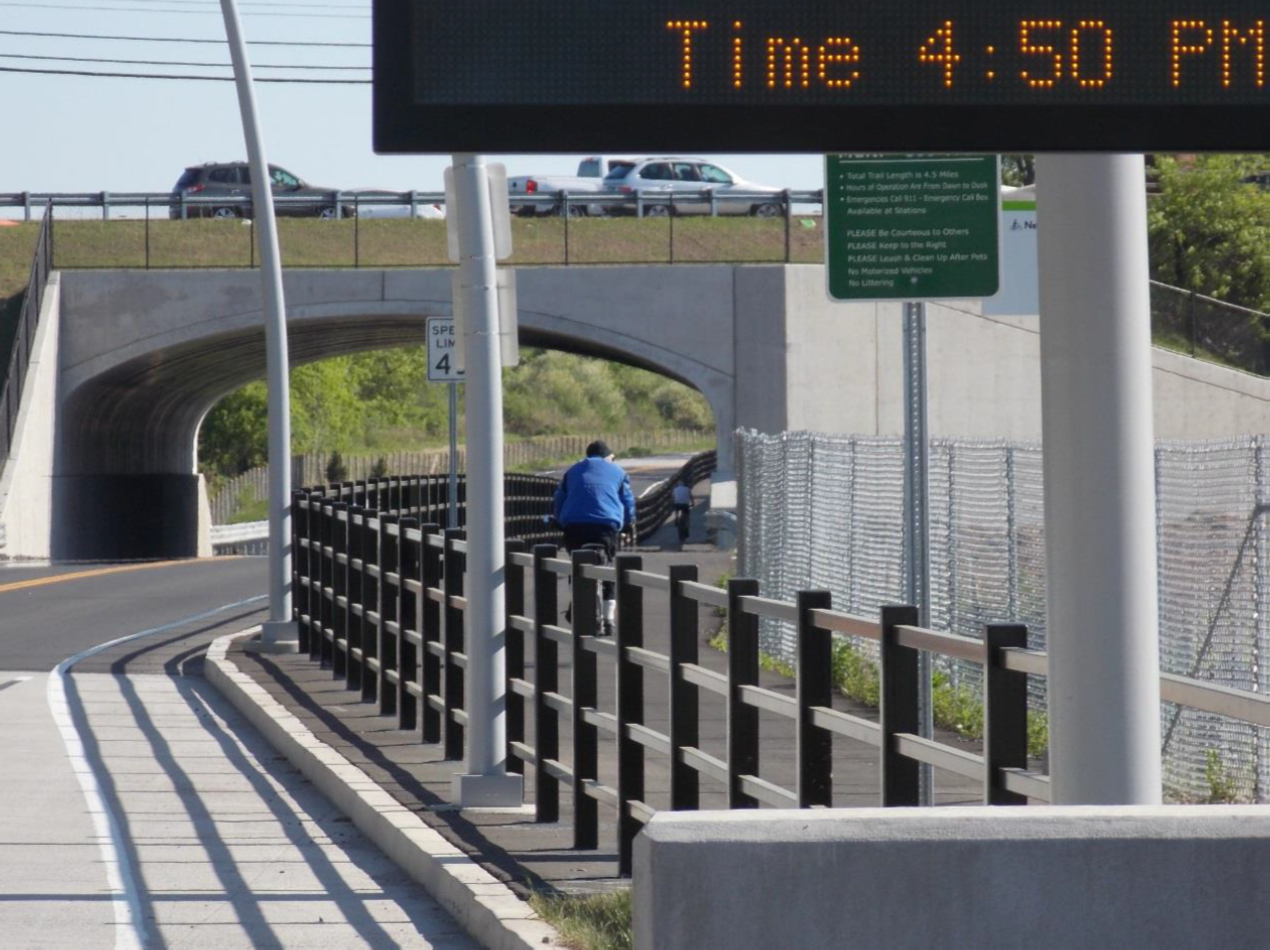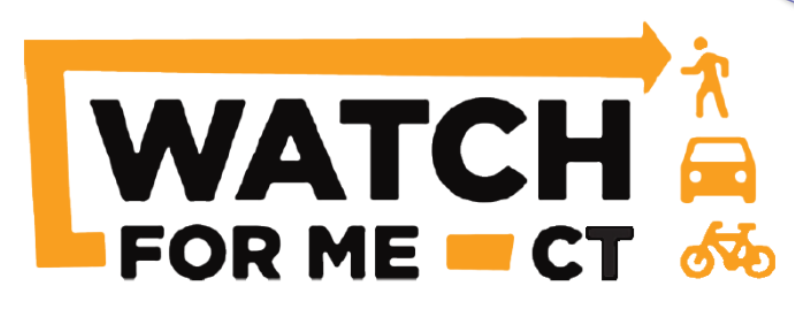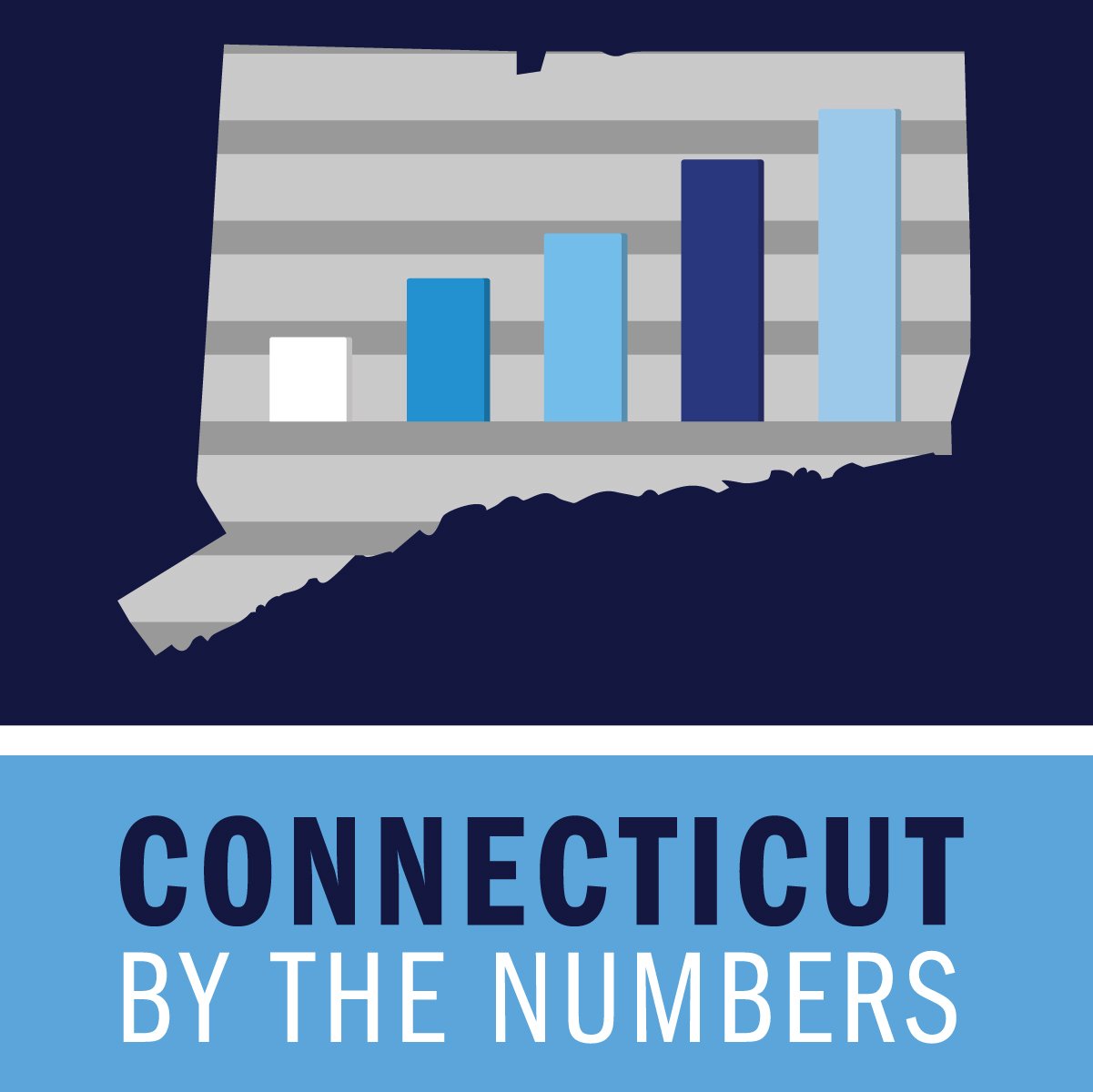Hartford Ranks #13 Among Best Metro Regions for STEM Professionals, Analysis Finds
/A new analysis of the nation’s best metropolitan areas for workers in the STEM professions has Hartford ranked just outside the top 10 at number 13. New Haven is ranked at number 55, Bridgeport/Stamford/Norwalk at number 80.
The comparison of the 100 largest metropolitan areas in the country by financial services website WalletHub, included 20 key metrics, ranging from per-capita job openings for STEM (Science, Technology, Engineering, Math) graduates to annual median wage growth for STEM workers. 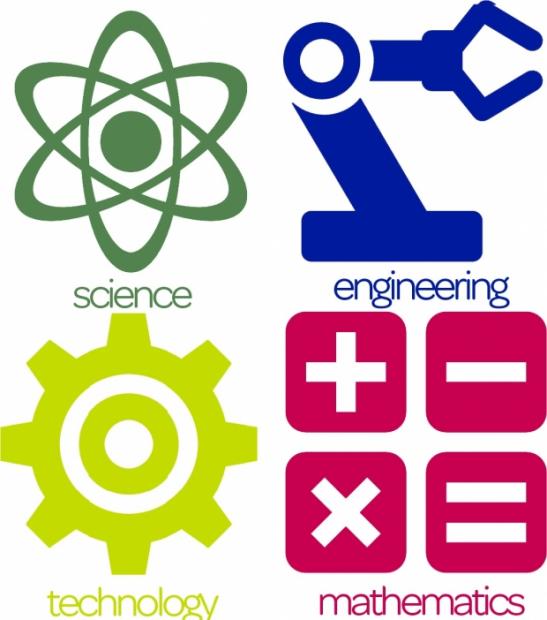
According to the latest U.S. Bureau of Labor Statistics analysis, STEM — science, technology, engineering and math — professions grew at over twice the rate that non-STEM jobs did between 2009 and 2015, according to WalletHub. Most types of STEM jobs are expected to expand faster than all other occupations until 2024.
The top 10 in the new analysis were Seattle, Boston, Pittsburgh, Austin, San Francisco, Madison, Atlanta, Salt Lake City, Minneapolis and Cincinnati. Just ahead of Hartford were San Diego and Columbus, and following Hartford in the rankings were Springfield and Worcester, MA.
While Hartford ranked 24th a year ago, the criteria were slightly revised for this year’s analysis. WalletHub’s analyst explained that “An addition to this year's methodology is the presence of tech summer programs within a given metro area, which Hartford ranked well for. In these programs students start developing skills in coding, game development, robotics or design. Other new metrics that were added this year and contributed to Hartford's overall better ranking are utility patents and the number of tech meetups per capita."
 In addition, “the unemployment rate in [metro] Hartford for adults with at least a bachelor's degree is the lowest in all the metropolitan areas analyzed, whereas last year, it was in the middle of the pack.”
In addition, “the unemployment rate in [metro] Hartford for adults with at least a bachelor's degree is the lowest in all the metropolitan areas analyzed, whereas last year, it was in the middle of the pack.”
The nearly two-dozen metrics were divided into three overall categories: professional opportunities, STEM-friendliness and quality of life. Hartford ranked tenth in quality of life category, 14th in professional opportunities, and 17th in STEM-friendliness, which included the quality of engineering universities, research & development spending and intensity, and mathematics performance.
The Quality of Life category included housing affordability, recreation and family friendliness, and singles friendliness. The Professional Opportunities category included median wage, wage growth, STEM employment growth and job openings for STEM graduates.
Among the various individual metrics, the Bridgeport/Stamford/Norwalk metropolitan region ranked third nationally with among the highest annual median wage growth for STEM workers. New Haven was eighth nationally in STEM-friendliness. The overall rankings for Bridgeport/Stamford/Norwalk and New Haven were relatively unchanged from a year ago.



 Because the technology is intuitive for most students, their transaction time can be used to talk about subjects they may be less familiar with – such as balancing a checkbook, how debit cards and account balances relate to each other, loans and interest rates, and what a credit score is all about. Not the typical teen conversation, but Holt indicates that students have been quite interested in learning more.
Because the technology is intuitive for most students, their transaction time can be used to talk about subjects they may be less familiar with – such as balancing a checkbook, how debit cards and account balances relate to each other, loans and interest rates, and what a credit score is all about. Not the typical teen conversation, but Holt indicates that students have been quite interested in learning more.

 The new center at Sacred Heart University will further Verizon’s commitment to cultivate strong relationships with academic institutions with emerging technology curricula, officials stressed. The coworking spaces allow Verizon to tap into local startup and innovation networks, build relationships with potential partners and open new doors for ideas and technology. With Verizon, Alley is bridging the gap between startup and corporation by helping the community workspace build next-level ecosystems for entrepreneurs. Verizon provides entrepreneurs and start-up companies working on new products with the technology and services they need for growth.
The new center at Sacred Heart University will further Verizon’s commitment to cultivate strong relationships with academic institutions with emerging technology curricula, officials stressed. The coworking spaces allow Verizon to tap into local startup and innovation networks, build relationships with potential partners and open new doors for ideas and technology. With Verizon, Alley is bridging the gap between startup and corporation by helping the community workspace build next-level ecosystems for entrepreneurs. Verizon provides entrepreneurs and start-up companies working on new products with the technology and services they need for growth.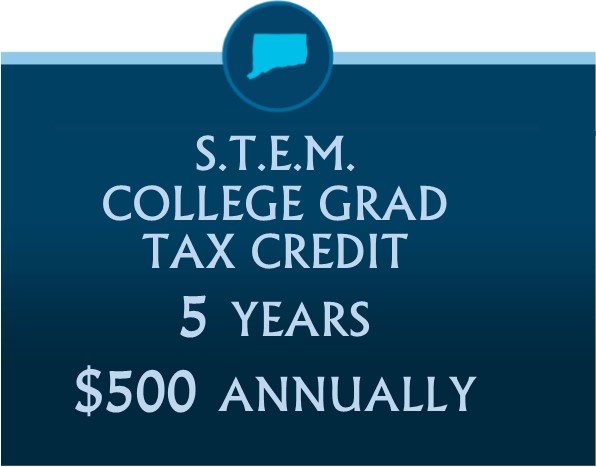





 The startups include:
The startups include:


 The University of Saint Joseph (USJ)
The University of Saint Joseph (USJ)  The accelerated change in attitude at DOT since Redeker took the helm in 2011 was evident in his being warmly introduced as a friend prior to his keynote address – not the adversary that previous vehicle-centric commissioners may have been. He went on to highlight the department’s work on state projects, and in concert with municipalities, that is steadily transforming Connecticut into a more pedestrian and bike-friendly state.
The accelerated change in attitude at DOT since Redeker took the helm in 2011 was evident in his being warmly introduced as a friend prior to his keynote address – not the adversary that previous vehicle-centric commissioners may have been. He went on to highlight the department’s work on state projects, and in concert with municipalities, that is steadily transforming Connecticut into a more pedestrian and bike-friendly state.